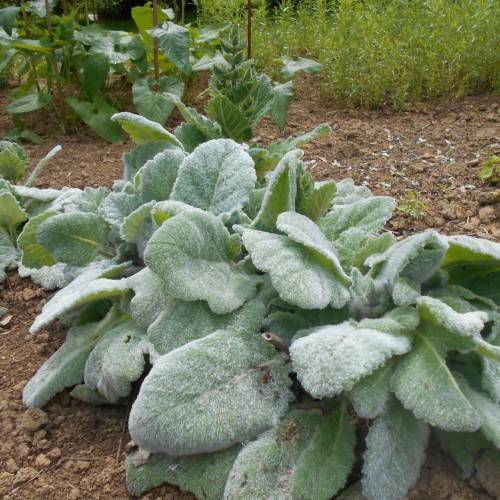
silver sage
Salvia argentea 'Artemis'
Cycle:
Herbaceous Perennial
Watering:
Minimum
Hardiness Zone:
5 - 8
Flowers:
Flowers
Sun:
Full sun
Leaf:
Yes
Growth Rate:
Low
Maintenance:
Low
Drought Tolerant:
Yes
Salt Tolerant:
Yes
Thorny:
Yes
Care Level:
Medium
watering
Silver sage (Salvia argentea 'Artemis') should be watered when the soil is dry to the touch. This plant prefers a soil that is evenly moist, but not wet. Depending on the environment, it may need to be watered every 5 to 7 days in the summer months. In the winter months, you may need to water less often, up to once every 2 weeks or so. Take care not to overwater, as the plant may suffer from root rot if the soil remains too wet for too long. Aim to water until the soil is evenly moist throughout.
sunlight
Silver Sage (Salvia argentea 'Artemis') needs full sun, at least 6 hours of direct sunlight every day. If placed in too much shade, the plant will not bloom or produce quality flowers. The direct sunlight should be during the midday hours of the day for optimal growth. Silver Sage also benefits from some morning sun for a few hours before midday, but only lightly shaded spots in the late afternoon once the sun has shifted further in the sky.
pruning
Silver sage (Salvia argentea 'Artemis') should be pruned in the springtime, after the danger of frost has passed. Pruning should take place every 2 to 3 years, removing any dead, damaged, or diseased stems and any that are too long or overcrowded. To maintain the overall shape of the plant, any stem that is longer than 3 feet should be pruned back to a length of between 18 to 24 inches to encourage denser, more attractive foliage. When cutting back stems, use clean, sharp pruning shears, and make sure to prune at an angle just above a bud.
